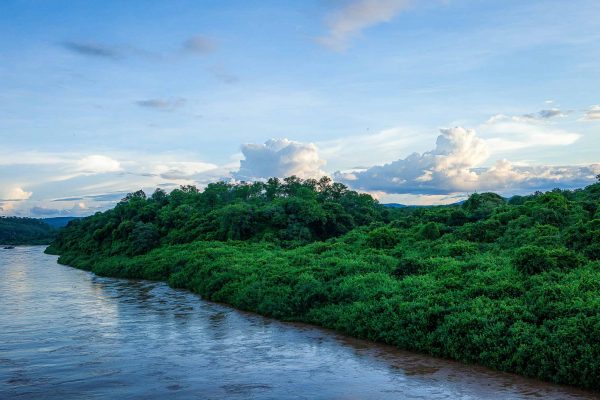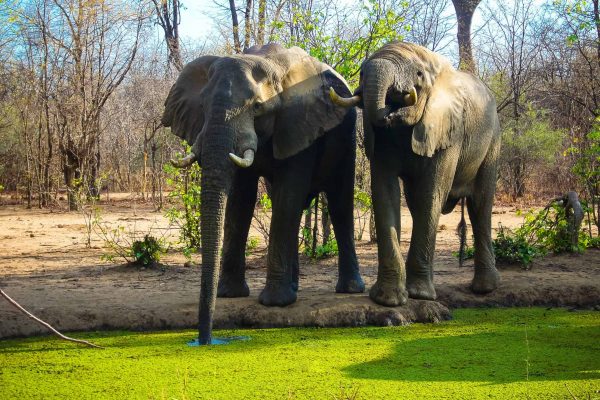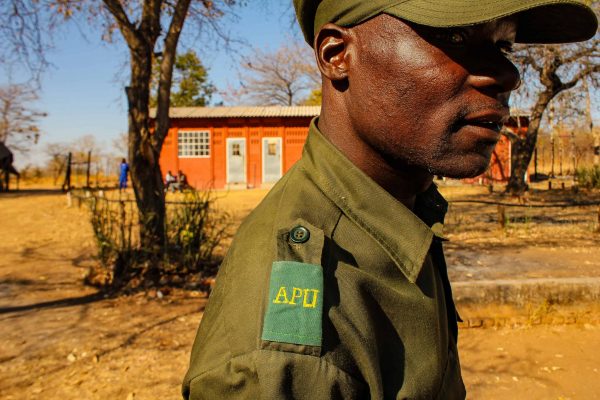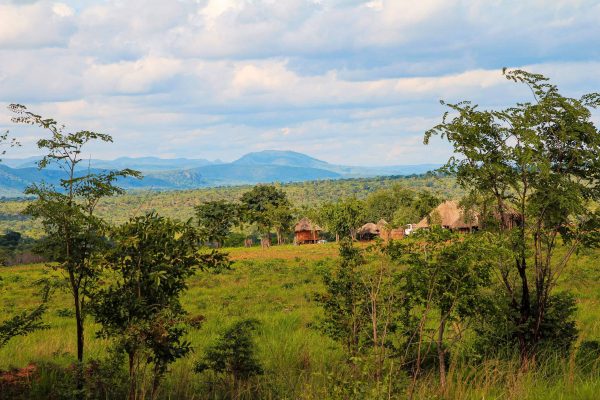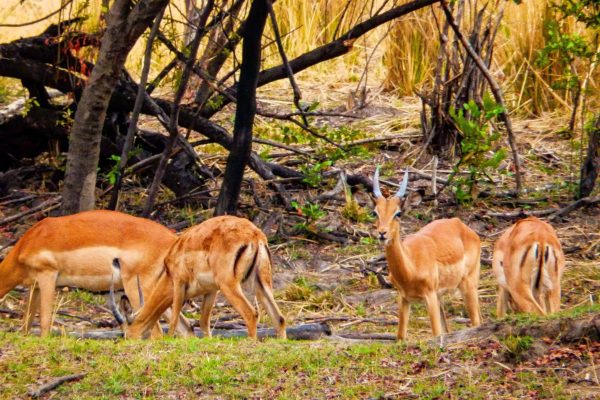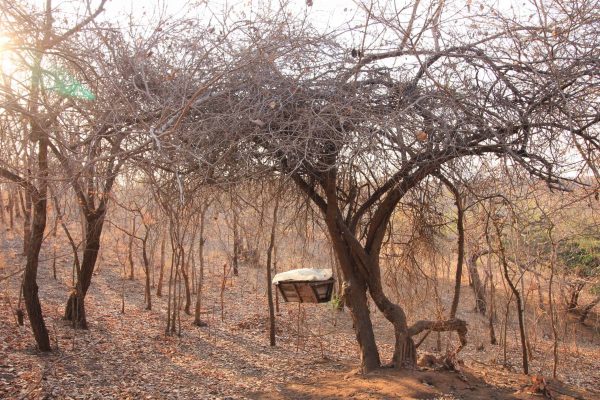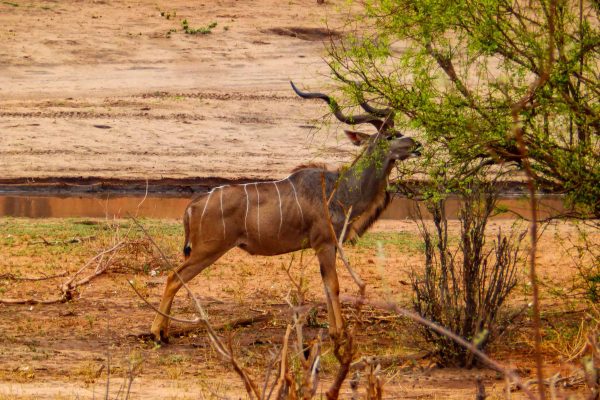Key facts
- Protects 785,000 of wildlife migration corridors, linking four national parks and 8 safari reserves
- Building new roads and water boreholes, providing school subsidies, and expanding ecotourism and conservation agriculture
More info
With limited economic opportunities due to political and economic turbulence, Zimbabwean communities have been forced to delve into their forests for subsistence farming and fuelwood, leading to the loss of more than a third of the country’s forest area. Kariba connects four national parks and eight safari reserves, forming a giant biodiversity corridor that protects a majestic forest near the Zimbabwe-Zambia border and numerous vulnerable and endangered species on the southern shores of Lake Kariba. At 785,000 hectares, it is one of the largest REDD+ projects by area.
Project Photos
Project Impacts
Biodiversity & Ecosystems
Kariba sits between the Chizarira, Matusadona, and Mana Pools National Parks in Zimbabwe and the Lower Zambezi National Park in Zambia, creating a vast and contiguous wildlife area for the 150 mammal, 504 bird, 133 reptiles and 274 butterfly species in the region. The project is also significantly reducing poaching pressure through regular patrolling in close cooperation with local councils, for example by removing more than 600 snares from the bush.
Community Development
Kariba is a community-based project, administered by the four local Rural District Councils (RDCs) of Binga, Nyaminyami, Hurungwe and Mbire. As such, it promotes the independence and wellbeing of these communities through better healthcare, new roads and boreholes, and school subsidies, plus conservation agriculture, community gardens, beekeeping training, fire management, and ecotourism. Locals also collect fruits for food and build their homesteads exclusively from natural materials. Several trees, like the baobab, in which chiefs are traditionally buried, are important to cultural identity.
Emissions Reductions & Certifications
Kariba will prevent the emissions of 164 million tonnes of CO2 over its 30-year lifetime, validated and verified under the Verified Carbon Standard (VCS). It has also achieved CCB Gold status for exceptional climate and biodiversity benefits.
Endangered Species
The Kariba corridor hosts numerous threatened and endangered species, including elephant, cheetah, lion, leopard, hippo, African painted dog, lappet-faced vulture, and southern ground hornbill.








